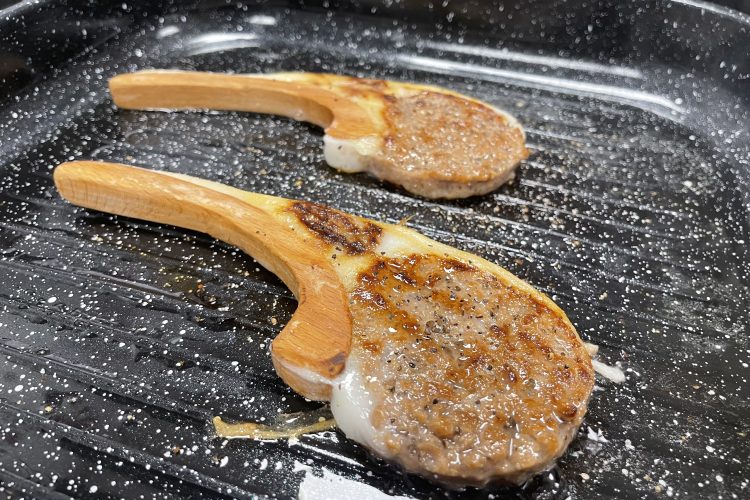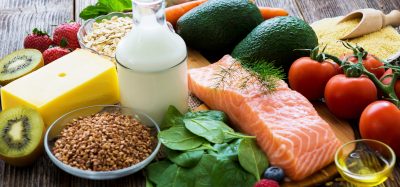Engineers create realistic meat alternatives using metamaterials
- Like
- Digg
- Del
- Tumblr
- VKontakte
- Buffer
- Love This
- Odnoklassniki
- Meneame
- Blogger
- Amazon
- Yahoo Mail
- Gmail
- AOL
- Newsvine
- HackerNews
- Evernote
- MySpace
- Mail.ru
- Viadeo
- Line
- Comments
- Yummly
- SMS
- Viber
- Telegram
- Subscribe
- Skype
- Facebook Messenger
- Kakao
- LiveJournal
- Yammer
- Edgar
- Fintel
- Mix
- Instapaper
- Copy Link
Posted: 9 January 2025 | Ben Cornwell | No comments yet
The innovative method developed by engineers from the Hebrew University of Jerusalem could provide a scalable, sustainable solution to the world’s growing demand for meat.


A lamb chop produced by the engineers using metamaterials. Credit: The Hebrew University of Jerusalem
Israeli and Palestinian engineers from The Hebrew University of Jerusalem have created an innovative method for producing whole cuts of meat using metamaterials. This work, detailed in a recent Nature Communications publication, leverages advanced materials science to replicate the texture and structure of traditional meat. The result is a scalable, cost-effective method of producing meat alternatives that surpasses existing 3D printing technologies.
“Our work demonstrates the untapped potential of metamaterials in food technology,” said Prof. Yaakov Nahmias, one of the study’s lead researchers. “By harnessing their unique structural properties, we have developed a solution that is not only sustainable but also scalable, addressing the growing global demand for meat while mitigating its environmental impact.”
Metamaterials, which derive their properties from their structure rather than their composition, are commonly used in industries like aerospace. The team, led by Dr. Mohammad Ghosheh and Prof. Nahmias, has adapted this technology to food production. Using injection moulding—a high-capacity manufacturing technique borrowed from the polymer industry—they developed meat analogues that closely mimic the intricate architecture of muscle and fat.
Central to the innovation are two novel metamaterials. The first, a low-temperature meat analogue (LTMA), replicates the fibrous texture of muscle tissue. The second, called proteoleogel (PtoG), is a plant-protein-stabilised oleogel that mirrors the structural integrity and cooking behaviour of animal fat. Together, these materials enable the production of complex meat cuts, such as steaks and T-bones, with remarkable precision and sensory fidelity.
Addressing industry challenges
This breakthrough addresses significant challenges in the alternative protein market. Unlike 3D printing methods, which are slow and costly, injection moulding offers unprecedented scalability. At large-scale production, the cost drops to $9 per kilogram—nearly a quarter of the cost of 3D-printed meat analogues. This affordability opens the door to making sustainable meat alternatives accessible to a wider audience.
The products have already passed blind taste tests, with participants unable to distinguish the analogue steaks from traditional meat. This achievement represents a significant step forward in consumer acceptance of sustainable protein alternatives, particularly for whole cuts, which account for over half of global meat consumption.
With livestock farming responsible for over 30 percent of global freshwater use, innovations like this have far-reaching environmental implications. By merging materials science and gastronomy, the study offers a blueprint for reimagining food production. The introduction of metamaterials into the food sector not only enhances the sensory appeal of alternative meats but also paves the way for a more sustainable food system.
This research marks a key step in the journey to transform the global food industry, offering hope for a future where technology meets taste without compromising the planet.
Related topics
Alternative Proteins, Cultured Meat, New product development (NPD), Product Development, Proteins & alternative proteins, Sustainability, Technology & Innovation, The consumer, World Food








